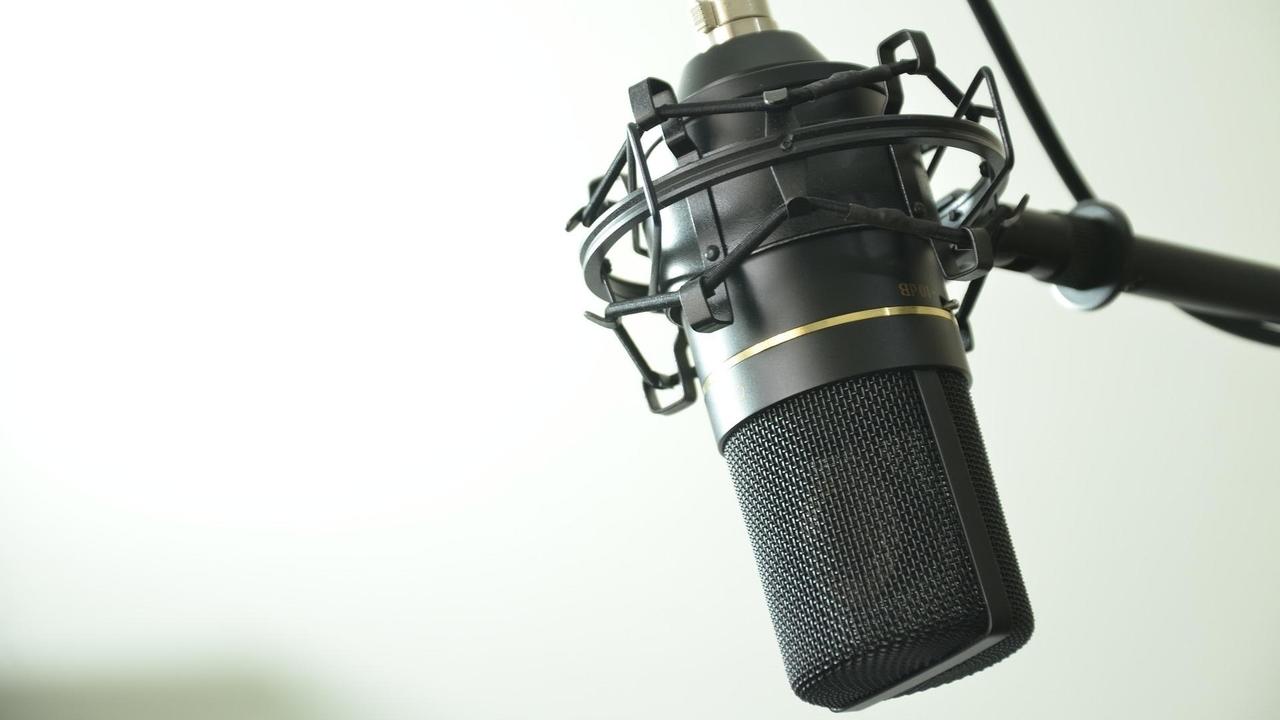I Don't Like Your Tone

Hey there!
Actually, sorry—maybe the exclamation point was too much...
Hey there,
No, that still doesn’t capture my enthusiasm...
Howdy!
Okay, now we’ve gone too folksy.
Tone is tricky, isn’t it?
One of the hardest things to master in both blog writing and public speaking is tone.
Maybe you’ve been on the receiving end of, “I don’t like your tone,” as a teenager.
That’s often our first lesson about tone: whatever we’re doing, it’s wrong.
Many of my public speaking clients wrestle with this. They say things like, “I feel like my personality doesn’t translate to Zoom,” or “I’m not sure if I’m striking the right tone in meetings.”
But I’ve found that 90% of the time, when I ask them to define what “the right tone” is, they can’t answer that question.
When it comes to tone, so many of us are trying to aim at a target we cannot see.
We believe there is such a thing as the right tone—but we haven’t yet put words to what that is.
And this is where things get messy...
I recent...
A Very Christmas-y Cure for Monotone

One of the most common questions I get from my clients is:
How do I break the habit of speaking in monotone?
I can be presenting on the most interesting subject in the world, but when I start to speak in my boring voice, I see everyone’s eyes glaze over.
When I try to add more vocal variety, I feel weird and fake. HELP!
Do you relate to this?
Do you fear that your vocal style is that of Ben Stein in Ferris Bueller’s Day Off?
Bueller? Bueller?
Never fear! I’ve got a yuletide cure for monotone coming your way!
Let’s break this down for a second:
What is “monotone”?
Monotone describes a continuing sound, especially of a person's voice, that is unchanging in pitch and without intonation.
So, what’s the cure for monotone?
Adding variation in pitch and intonation!
See, wasn’t that easy?!
I kid, I kid!
Kind of…
See, here’s the problem:
We know the cure to monotone is adding variation to pitch and intonation, we just feel super weird and unnatural when we do it.
And th...
The Awkward Silence

It's time to own up...
Last time I updated the blog, I gave you my go-to exercise for curing "uhs" "ums" and"likes" in a prepared speech.
(Need a refresher? I'll give you a hint: The exercise is called "Beat the Buzzer.")
At the end of that article, I promised I'd come back next week to reveal how to get rid of those pesky filler words in extemporaneous speaking.
Then...
I took...
a very long...
Pause.
Now, is it possible I forgot to hit the "schedule" button on the following blog?
Sure.
BUT, wouldn't it be more exciting if this long pause was intended to illustrate a point?!
(Let's go with that.)
Because guess what?
When it comes to extemporaneous speaking, the #1 cause of filler words is:
Fear of the awkward silence.
That's right.
The "uhs", "ums", and "likes" usually creep in when we're unsure of what to say next.
We use filler words as a crutch to help us avoid silences.
But here's the thing...
Silence is an incredibly important tool in public speaki...
How to Calm Your Nerves By "Game-ifying" Your Public Speaking (Speak Masterfully Tip #3)

Buckle up for week 3 of our on-going blog series:
You ready for tip #3?!
Okay! Here it is:
“Don’t be nervous!”
JUST KIDDING!
Wouldn't that be an incredibly unhelpful tip?
Let's talk for a second about why “don’t be nervous” such an unhelpful piece of direction to give someone.
Because it’s inactive.
In general, humans aren’t great at processing negative direction.
For example: Don’t think of an alligator.
See...
Similarly, a doctor trying to improve a patient’s diet will probably have greater success with the prompt “Eat more vegetables” than “Eat less junk food.”
A lovely side-effect of eating more vegetables is that people naturally eat less junk food, but it’s much easier to get them there with an active prompt.
That’s why the real Tip #3 is Find a Game.
Let’s give you something ACTIVE to accomplish during this talk.
Time to set an intention.
Get clear on what...
How to CHILL OUT Before a Public Speaking Engagement (Speak Masterfully Tip #2)

It's week 2 of our cheeky blog series:
and it's time to talk about our pre-speaking warm up!
I'll be doing a video series demoing some of my favorite physical and vocal warm-ups down the line, but today we gotta talk about an essential and too often skipped step of the process...
Who's ready for a pre-speaking mini-meditation?!
WAIT, WAIT, DON’T SKIP THIS PART!
I promise I’m not going to suggest a daily hour-long transcendental meditation practice.
(Although, if you’re into that, by all means go nuts!)
Look, I know that slowing down and focusing on your breath is probably the last thing you feel like doing when those pterodactyls are flapping around in your belly. (Some people talk about butterflies in the stomach, but I think pterodactyls are a more accurate description.)
But at this point, the scientific benefits of meditation when it comes to anxiety and performance are...
Worst. Speaking Advice. EVER.

Please...Don't picture the audience in their underwear.
I’m not sure where that advice initially came from, but I guarantee you there are more effective (and less creepy) ways to calm your public speaking nerves.
How do I know? I’m an actor.
Hi, I’m Sara Glancy, founder of Speak Masterfully. I received a BFA from NYU Tisch School for the Arts in Making a Fool of Myself in Public. (Okay, it was in Drama, but those are basically the same thing.)
And here’s something that might surprise you:
Even after 5 years touring and performing Off-Broadway, I STILL get nervous before stepping onstage.
Yep. Like clockwork, the curtain rises, the heart-rate quickens, and the butterflies flap.
In fact, most actors get pre-show jitters. You learn to get comfy with those nerves and let it fuel rather than derail your performance.
But here’s something that surprised ME:
The first time I stepped onstage as an entrepreneur was 100x scarier.
I expected butterflies in the stomach—what I got was p...



